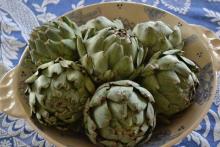Baby Formula: Finding Safe Options for Our Children
It happened in 2004. I was living in Oregon at the time, attending my first year of college. I was surrounded by people who cared not only about what they ate but what it could do for their bodies and their well-being as well as where their food was coming from. While I was fortunate to grow up in a household where wholesome food was always served, that was more of an accident than anything. This was simply how we ate and frankly, I thought that was how everyone else ate, too.










